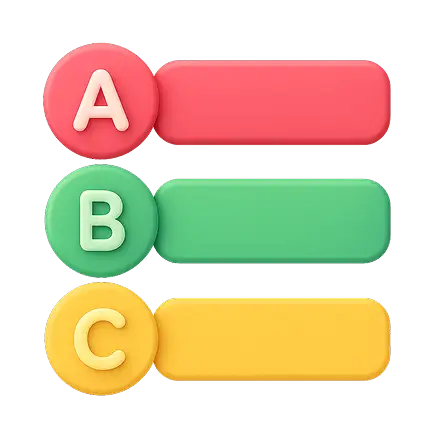Statement 1 is correct. Acquiring new technology - This is a capital expenditure. When a company acquires new technology (like software, machinery, or equipment), it's considered an investment that will benefit the organization for several years. The cost is added to the company's asset base and depreciated over its useful life.
Statement 2 is incorrect. Debt vs. Equity Financing - The way a company finances its expenditures (debt or equity) doesn't determine whether it's a capital or revenue expenditure. The nature of the expense itself matters more.
| Aspect | Capital Expenditure | Revenue Expenditure |
|---|
| Definition | Expenditure incurred for acquiring or improving fixed assets, which provide long-term benefits. | Expenditure that is incurred for routine operations and maintenance, providing short-term benefits. |
| Purpose | To acquire, enhance, or extend the life of assets such as buildings, machinery, or equipment. | To meet day-to-day operational needs, like salaries, utilities, and maintenance. |
| Impact on Assets | Increases the value of assets or creates new assets. | Does not increase the value of assets. |
| Accounting Treatment | Recorded as an asset on the balance sheet and depreciated over time. | Recorded as an expense in the profit and loss statement for the current period. |
| Time Horizon | Long-term benefit, typically spread over several years. | Short-term benefit, usually within the current year. |
| Examples | Purchase of machinery, construction of buildings, land acquisition. | Salaries, wages, rent, repairs, and maintenance costs. |

